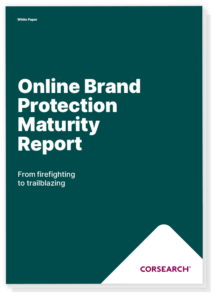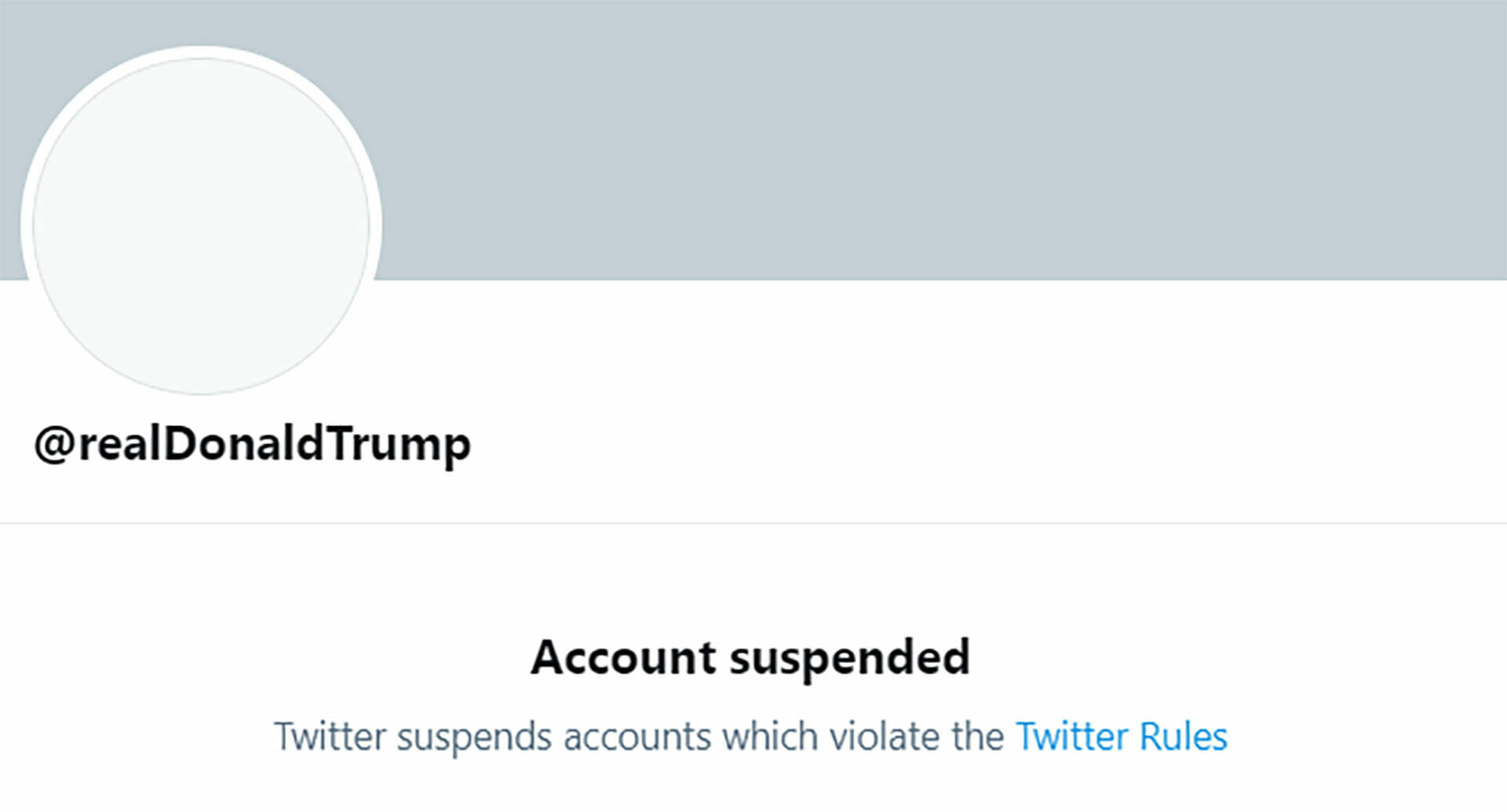Blog
How to Build a Winning Business Case for Brand Protection
- Brand Protection

A comprehensive brand protection strategy will generate value for the wider business. However, winning over senior stakeholders and securing enough budget to fund your strategy can be a daunting task.
In a growing number of organizations, brand protection has evolved from an isolated task and problem, managed, and owned solely by a single department, to an integrated strategy that supports the wider business.
In this article, we outline the commercial value that brand protection generates for the wider business, including key functions such as marketing, e-commerce, and supply chain, and set out the components you need to build a winning business case.
Read this article to learn:
- The commercial value generated for the business
- How to engage with other functions and senior stakeholders
- Why you should set outcome-focused KPIs
- How Superdry built a winning business case
- How to build your winning business case
The commercial value generated by brand protection activity
There are key activities that most brand protection and legal teams will be engaged with, and many have a direct commercial impact on the business. Most, if not all, you’ll be aware of.
But it’s important that you can identify and communicate this commercial value. This can help you gain recognition of your function’s importance to the organization and sow the seeds for collaboration. Examples of commercial value are listed below:
Protect consumer trust
By preventing consumers from inadvertently purchasing fakes, you can prevent the loss of well-intentioned consumers and reputational damage. This is an outcome that, while often intangible and harder to measure, is extremely valuable to the business.
Increase revenue
By cleaning up key online marketplaces and preventing consumer diversion, you can prevent revenue loss and generate increased return on investment (ROI). This is a tangible outcome that can be measured – methods for doing so are covered later in this article.
Recover lost revenue
By fuelling litigation efforts action against the perpetrators at the heart of operations, your team can help secure financial compensation. Financial compensation can turn the team into a revenue generator, highlighting the commercial value of registering and actively protecting IP.
Save time and reallocate resources
It is important to communicate that if enforcement is carried out strategically and successfully leads to to a reduction in infringement volume, the need for further enforcement will also reduce over time. This frees up resources for other brand protection activities that will further assist the organization.
Eliminate competition
By taking down the large infringing operators that are eroding your e-commerce revenues, you can effectively eliminate some of your fiercest online competition.
Engaging with other functions and senior leadership
The type of value that your team will generate will depend on your industry – the common denominator is that it will always extend beyond the brand protection function. Key functions that you may be able to engage include:
- Marketing
- E-commerce
- Security
- Supply chain & distribution
For an FMCG brand, the marketing team will be keen to preserve consumer trust in their goods. Whereas for a pharmaceutical brand, the security team will want to ensure that their products are dispensed by legitimate vendors and only available in authorized territories.
For an online luxury brand, on the other hand, the marketing and e-commerce teams will keen to maintain a reputation for quality and exclusivity to keep a higher price point.
Senior leadership will typically pay attention to these drivers. However, quantifying the benefit is very difficult in these terms, making it hard to justify investment and engage cross-functionally. This often leaves brand protection and legal teams struggling to build awareness and recognition of the importance of what they do.
Teams must therefore collaborate and speak the language that will resonate with other functions to build a shared understanding. There are three core considerations when looking to engage with other functions and senior leadership:
1. Your team will need to look beyond takedown numbers and justify investment in commercial terms.
2. The strategic goals will vary by company. You need to think about what matters to your business, and also make sure you focus on what is measurable.
3. Unless stakeholders can understand value, gaining buy-in and awareness is going to be very difficult.
Setting KPIs that focus on outcomes, rather than number of takedowns
Brand protection is often viewed as a necessary, but not “mission critical”, activity that generates little financial value for the business and has few cross-functional applications.
Because of this budget is often constrained, and only narrow targets are set. There is likely a basic understanding of what brand protection is, but no additional thought is paid to its wider applications. The business thinks in terms of takedowns and the number of threats identified, regardless of their level of risk and whether you are significantly reducing the problem.
If you already have a brand protection program in place, you’ve likely already encountered this problem. You’ll know that not all infringement is impactful to your brand, and that taking down the low-hanging fruit is unlikely to have the desired impact. That’s why you’ll need to change the way brand protection is perceived. By focusing on reducing the volume of infringement instead of hitting arbitrary takedown targets, you can turn from a cost center to a revenue generator.
An approach that focuses on outcomes is therefore a key component to building the business case to brand protection. Consider, for example, setting KPIs that focus on the reduction in infringement saturation on key platforms that are most frequented by your customers.
Read our article that sets out how to develop an outcome approach.
Superdry’s winning business case
Superdry places an emphasis on consumer trust; the business wants consumers to be certain that they are purchasing genuine products. The business also recognizes the need to prevent other fraud such as phishing and misuse of potential consumers data.
By tackling these infringers, Superdry removes one major source of competition, increasing visibility of its legitimate products.
Reporting success
Superdry starts with the volume of illegitimate listings before applying several factors to create a credible ROI figure.

Superdry’s ROI methodology
With this methodology, Superdry calculates the online results to be the following:
- The total value of fake product taken down or seized: $131,075,597
- The total estimated lost sales prevented: $42,638,657
- The total estimated gross margin saved: $23,024,872
Maintaining control of the online space delivers commercial value to the sales and marketing teams – both in terms of preventing lost revenue and securing increased sales conversion on core channels.
Building your winning business case for brand protection
The key to gaining buy-in is explaining the benefit in terms of the function you want to engage – for marketing it may be about trust, brand values or campaign efficiency, for e-commerce it is likely to be focused on sales – or for security it can be helpful to focus on threats like phishing.
Use examples to demonstrate to other functions the threats you are trying to manage and the revenues you are trying to regain.
Another core part of building a winning business case is showing that the uplift in revenue, plus any cost efficiencies, are greater than the cost of the program.
When calculating revenue, you can use a similar model to that of Superdry highlighted above. When calculating costs, you should factor in the resources that are freed up to focus on other tasks.
There are multiple tools you can use to measure the performance of brand protection:
Return on investment (ROI) calculation
Using a similar formula to Superdry, you can calculate the value of removing illegitimate listings. Marketing and e-commerce teams will be particularly excited by this metric, as you can highlight increases in online sales on your key channels such as Amazon.
Regression Analysis
Regression analysis can be used within your ROI calculation. Look at the correlation between enforcement and your e-commerce sales (measuring from the same region). This is a robust, if more complex, approach that can assess the impact of cleaning up key platforms.
Marketplace Testing
Marketplace test on a platform-by-platform basis to monitor sales growth before and after enforcement. This can provide compelling evidence of the success of targeted enforcement.
Unauthorized sellers’ sales volumes
Find examples of unauthorized sellers and their actual sales volumes to demonstrate revenue leakage. You may also want to consider combining quantitative data with storytelling to really hit the message home with executives and marketing teams.
Halting enforcement as a test
Finally – it’s extremely powerful to illustrate what happens if you suddenly stop enforcement. One of Corsearch’s customers in the luxury watch sector, for example, found that threats resurfaced rapidly when they temporarily halted enforcement.
Corsearch can help you demonstrate the value of brand protection
Corsearch’s brand protection technology enables you to prioritize the high-risk infringements that are diverting online sales and eroding trust in your brand.
Harnessing Corsearch’s technology, our expert team of multilingual analysts work directly with online platforms to reduce the volume of infringement and clean up priority channels. Use our business intelligence and analytics tools to act strategically, measure impact, and highlight the value of your efforts to the wider business.
Talk to one of our experts to find out how Corsearch can help you craft a winning business case for brand protection that you can pitch to senior leadership and other business functions.
You might be interested in…
Online Brand Protection Maturity Report
The 4 stages to maximizing your brand’s strategic potential
As they mature, brand protection teams become increasingly strategic – able not only to counter threats, but to identify new growth opportunities for the business.
This report outlines the four stages of this journey, helping you recognize where your organization currently sits, the tools you can use to progress, and the value to be achieved by doing so.





